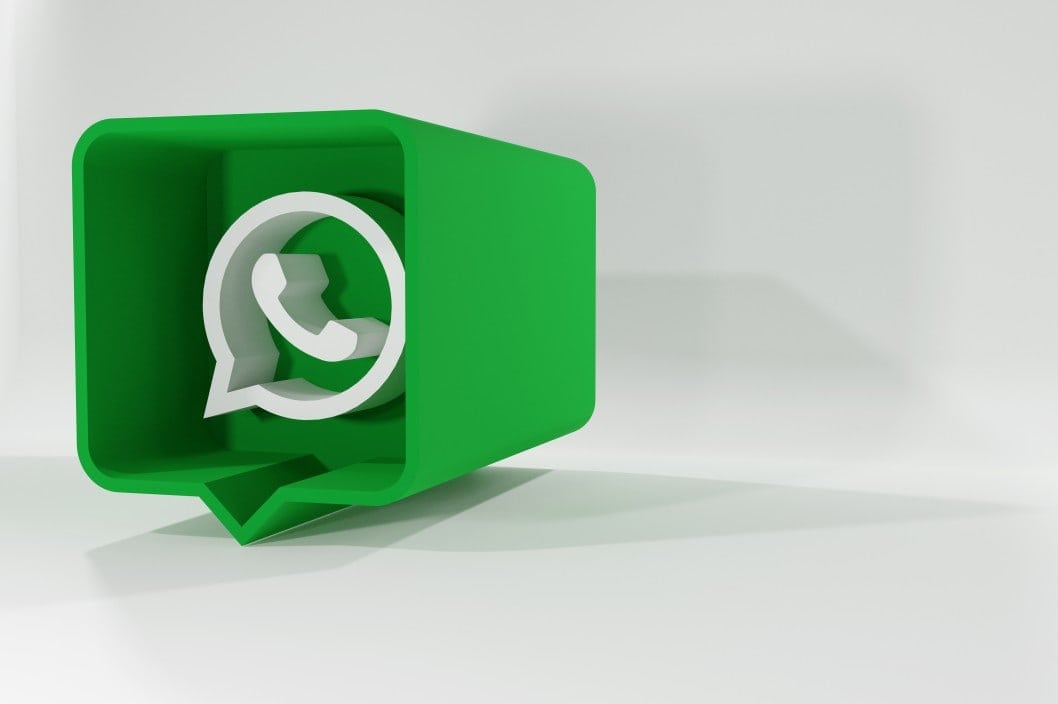How Does Whatsapp Make Money?

Monetization Strategies Used by WhatsApp, the Free IM App – How Does a Free App With no Ads Make Money?
In 2005, if you wanted to keep track of friends and family, you’d be using Facebook or your phone’s SMS app. It meant dealing with either everything else Facebook requires you to do, like spend time creating a profile, or throw your money at cellular recharges for SMSing.
SMS services were pricey, and messaging was nowhere as big of a thing as it is now. All of that changed in 2009 with the launch of WhatsApp, an Instant Messaging app that worked off your phone’s contact book.
If they were in your contacts, you could message them instantly, for free. All you needed was a working Internet connection (and Wifi was already a must-have by then anyway).
WhatsApp is completely free to use and, unlike every instant messaging app, has no advertisements at all. Today, everybody’s favorite instant messaging app has more than a stunning two billion users, spread out over 180 countries worldwide.
And while Facebook (now Meta) doesn’t release app-specific revenue records, it’s their second most prominent property after Facebook itself. Whatsapp surpassed Instagram and Messenger in revenue, but the question on everybody’s mind is, with no ads, how does whatsapp make money?
Read Also:
How much money does Disney make a day?
A History of WhatsApp and Its Signature One Dollar Sub
Launched in 2009 by Brian Acton, an Airbnb engineer, and Jan Koum, co-director of Facebook, WhatsApp quickly became famous. The app was refreshing, accessible, and wildly different from other instant messaging apps in its pure simplicity.
WhatsApp became popular right off the bat, getting thousands of users overnight in every country it was launched in. Its meteoric rise didn’t go unnoticed for long. Facebook (now Meta) formally purchased WhatsApp in February 2014 for no less than $19 billion. That’s a lot of money.
The Iconic One-Dollar Sub
From its launch till January 2016, WhatsApp worked off a subscription model that differed with each country but always came to the same conclusion: It was $1 at a time. The cost, though, is applied differently in different countries.
In some, the app was priced at $1. In others, you’d get a year free upon download, but subsequent years would need a $1 sub. The sub was much, much lower than anybody else’s. With the app’s user count averaging 700 million, yearly revenue was $700 million.
However, this changed in January 2016, when Facebook released a 10-Q filing stating that it was unsatisfied with WhatsApp’s monetization. Soon after, the sub was removed from the app. The app had no advertisements either, making it one of the truly and completely free instant messaging apps.
So Where is WhatsApp Getting Its Money?
If you’ve never used WhatsApp before, you’ll quickly see it doesn’t make money through the usual ways instant messaging apps fund themselves. There are no cheesy games, and there are no advertisements in the app.
It’s a robust, quick, and completely free service used by people and businesses worldwide. The answer to the question lies in a couple of words that most people have probably never heard of:
WhatsApp for Business.
Its Basic Business Model. Back in 2016, when the app went completely free after a mysterious blog post, company officials said they wanted to start testing tools to help you connect with businesses.
They wanted to reach airlines, banks, and other highly professional environments, where forgetting to top up your cell could result in disaster. These businesses have the option of signing up for WhatsApp for Business:
A streamlined messaging platform they could use for sales, support, and communication. Following its trend of upturning the market, Whatsapp for Business encouraged businesses to respond quickly.
Responding within 24 hours was free, but taking longer meant paying an actual fee. This sounds weird at first glance, but businesses wasted no time utilizing the WhatsApp API. You’ll find Internet giants like Netflix and Uber among the list of clients subscribing to the WhatsApp UPI.
WhatsApp for Business uses a pricing system encouraging more giant corporations to pick it up and runs off a singular, central idea:
The more a company sends messages, the cheaper the rate becomes.
WhatsApp for Business uses the following pricing system:
- First 250,000 messages: $0.0085 per message
- Next 750,000 messages: $0.0083 per message
- Next 2 million messages: $0.0080 per message
- Next 3 million messages: $0.0073 per message
- Next 4 million messages: $0.0065 per message
- Above 10 million messages: $0.0058 per message
What is WhatsApp Pay?
Online payment systems are a dime a dozen (think PayPal). WhatsApp Pay is a payment system linked with regular WhatsApp. It allows users to send money to their friends and family or even pay for goods and services for free.
It’s not entirely free, though. The recipient in the transaction is charged a flat rate of 3.99% of the total amount. To use the service, you’ve got to have a linked bank account where you’re withdrawing or depositing funds.
The service is also only available in India and Brazil, WhatsApp’s two biggest markets, and some select users in the US. That might seem like a limiting decision at first glance. Still, with 487 million users in India and more than 146 million users in Brazil, WhatsApp Pay is a brilliant revenue stream for the app.
Which Makes More Money?
Nobody’s really sure there. Meta (previously Facebook) doesn’t separate revenue reports by property. Even if it did, we doubt the revenue streams from WhatsApp for Business and WhatsApp pay would be shown as separate.
However, it doesn’t hurt to speculate. We’d hedge our bets on the former, as some of the largest Internet giants today use the WhatsApp for Business API for effective and robust communication within their ranks.
WhatsApp and Its Revenue Streams: The Takeaway
Regardless of which revenue stream is more successful, the fact remains that WhatsApp is one of the most fast-growing Instant Messaging apps in the world. With technology evolving as fast as it already is, we believe WhatsApp will continue its exponential growth. As it starts providing payment processing services to other countries, it will only increase revenue and gross earnings.


